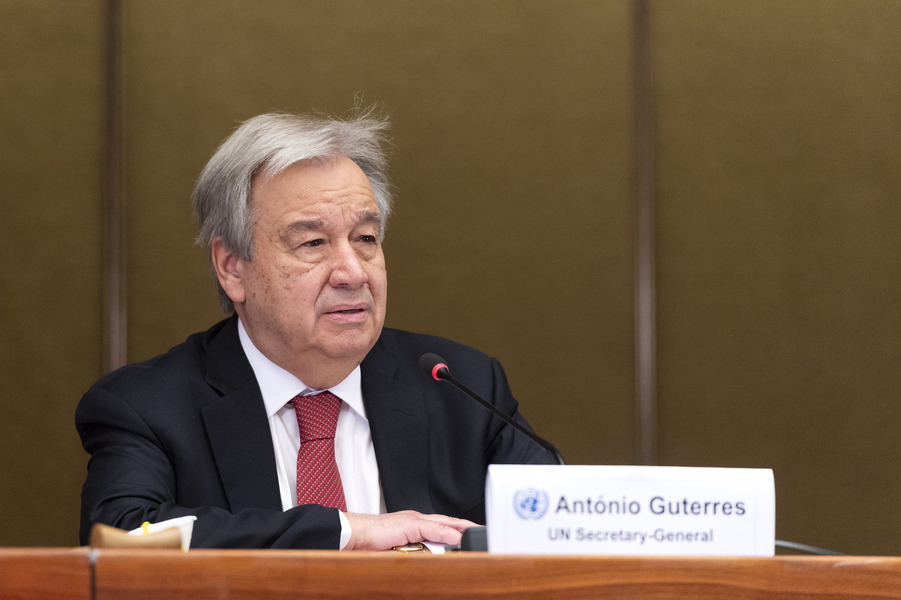Who is the American the U.S. May Be Targeting Overseas?
WASHINGTON — He is known as Abdullah al-Shami, an Arabic name meaning Abdullah the Syrian. But his nom de guerre masks a reality: He was born in the United States, and the United States is now deciding whether to kill him.
Published by The Lawfare Institute
in Cooperation With

WASHINGTON — He is known as Abdullah al-Shami, an Arabic name meaning Abdullah the Syrian. But his nom de guerre masks a reality: He was born in the United States, and the United States is now deciding whether to kill him.
Mr. Shami, a militant who American officials say is living in the barren mountains of northwestern Pakistan, is at the center of a debate inside the government over whether President Obama should once again take the extraordinary step of authorizing the killing of an American citizen overseas.
It is a debate that encapsulates some of the thorniest questions raised by the targeted killing program that Mr. Obama has embraced as president: under what circumstances the government may kill American citizens without a trial, whether the battered leadership of Al Qaeda in Pakistan still poses an imminent threat to Americans, and whether the C.I.A. or the Pentagon ought to be the dominant agency running America’s secret wars.
Interviews with American officials and outside terrorism experts sketch only the most impressionistic portraits of Mr. Shami.
Born in the United States, possibly in Texas, he moved with his family to the Middle East when he was a toddler. Obama administration officials declined requests to provide biographical information about Mr. Shami such as his real name and age — saying that the information is classified — or any specific information about where he was born or where he traveled after leaving the United States. But his nom de guerre has a familiar ring for jihadists: An operative of Al Qaeda named Abu Abdullah al-Shami escaped with three other people from the American military prison in Bagram, Afghanistan, in 2005 and was killed in a drone strike three years later.




-(1).png?sfvrsn=7aa9b087_9)
